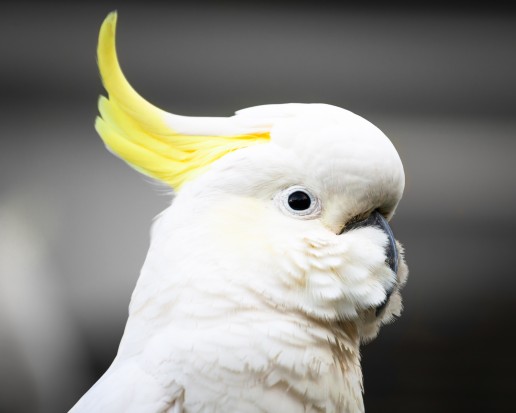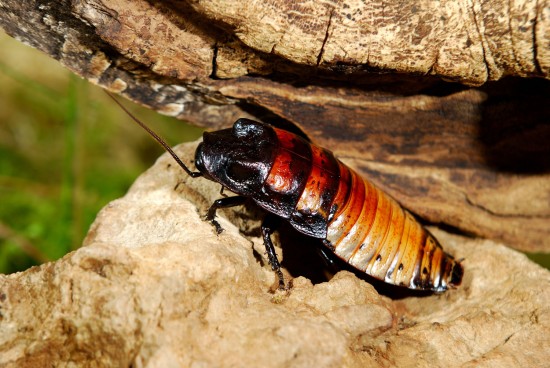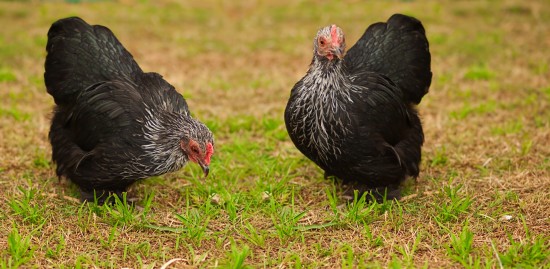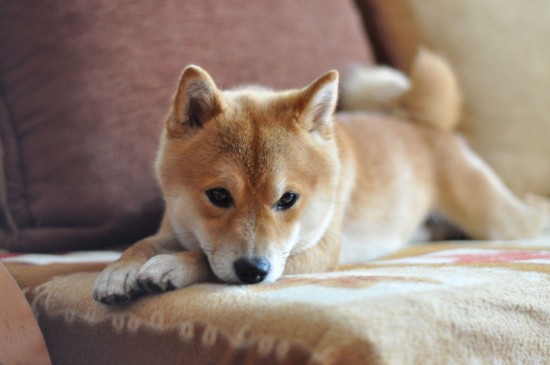

The Sulphur Crested Cockatoo (Cacatua galerita) is a large white cockatoo that lives in the wooded areas of Australia and New Guinea as well as some of the islands of Indonesia. In some areas, they are sufficiently numerous to be considered pests due to the damage they can cause to cereal and fruit crops as well as newly planted tree seedlings or soft timber on houses and furniture.
This cockatoo lives in a wide range of habitats including cities but not areas that have few trees or highland parts. There are four subspecies: Tritons Cockatoo found in new Guinea and surrounding islands; Eleonora Cockatoo found on the Aru Islands between Australia and New Guinea; Matthews Cockatoo found in northern Australia and the Greater Sulphur-crested Cockatoo that is found from Cape York right down to Tasmania.
The Sulphur Crested Cockatoo is usually around 44-55cm in length with white plumage and tinged yellow underwings and tail. The crest is a strong yellow while the bill is black and the legs are grey. Males have black eyes while females tend to be more red or brown but this isn’t definitive. It is visually similar to the three corellas species but is larger than those birds and has an impressive crest. In the wild, the birds live to around 20-40 years but in captivity, have been known to reach over 70 years in age.
In the wild, they live in groups and have an unusual method to protect themselves against predators: the group flock on the ground where there is a high viewing point close by and one of the birds sits on this and issues warnings. It is such a well-recognised behaviour that in Australian slang a person keeping guard for a police raid is referred to as a cockatoo.
Cockatoos are large birds that can make a very loud amount of noise, which is one of the first things to consider when looking to have a cockatoo. They are quite demanding pets that need a lot of attention and can use their loudness to let people know when they are not happy. It can also lead to behavioural problems such as feather plucking so again, these may not be the birds for people who cannot dedicate time to the bird.
However, if you are in a position to home a bird of this nature then they are intelligent birds who are known for their brilliant mimicking abilities as well as curiosity and affection. They can even learn tricks if they inclined towards it and recent studies have found they are one of the birds that can ‘dance’ to musical beats, as made famous by a bird called Snowball.
Cockatoos are rated as the most destructive of all of the parrot species due to the extreme strength of their beak. Being intelligent and curious, they will try the lock of the cage repeatedly and will release themselves if not adequately secured. Not only that but the construction of the cage must be the sturdiest available to avoid them destroying it.
The cage size for a large bird like this is obviously very important and should be as large as possible with plenty of toys and different sizes and types of perches. They will chew things and wreck them but this is good as it means the toy has served its purpose. They will also need plenty of time out of their cage and the places they have access to need to be parrot-proofed. Apart from making sure there is nothing they can harm themselves on, you also need to make sure there is nothing they can destroy. Have toys and play gyms for them to occupy themselves with and put breakables and chewables out of their reach.
There are a number of brands of specialist cockatoo seeds available that usually will need supplementing with some vitamins and minerals. This is usually achieved with fruit and vegetables as well as grit or mineral supplements because seed doesn’t contain all the things that a bird needs to be healthy.
Amongst the fruit and vegetables that are recommended for a cockatoo including carrots, apples, banana, orange, cranberries, peaches, pears, peas, broccoli, peppers, spinach and herbs such as rosemary, peppermint and basil. They will also enjoy weeds such as sunflower, dandelion and alfalfa along with nuts including pine nuts, walnuts, cashews, Brazil nuts, pistachios, pecans and almonds.
Some experts recommend a dietary balance of 25% seed, 25% pellets, 25% vegetables and fruits, 15% cooked rice, corn and bean mixtures and 10% table food such as cereals, bread, cooked pasta and cheese. They can even be given small amounts of freshly cooked lean beef or chicken to help get them protein into their diet.
If the bird will eat a good diet of this nature then supplements shouldn’t be necessary though grit or bird sand will still be essential for them to break up seed in their systems. However, if the bird shows any signs of illness or changes in condition, examine their diet to see if there are any areas they are missing out on as well as consulting your vet.
In the wild, the Sulphur Crested nests at different times of the year depending on the seasonal conditions in the country. They use a tree hollow and add a bedding of wood chips where 2-3 eggs are laid. Incubation lasts for 25-27 days with both parents taking turns and the chicks are in the nest for around 9-12 weeks. After fledging, the young birds remain with their parents for at least a couple of months.
In captivity, their pattern follows much the same with the use of a nest box instead of a tree hollow. Birds are mature to breed at the age of around 4-5 years and when in breeding condition, can be much more aggressive towards humans so this is something to be aware of.
These are not parrots for inexperienced bird keepers and may not be suitable for all types of houses due to the amount of noise they can make. If you can give them the time and space they need to be happy and healthy, they can make a fascinating and loveable member of the family.
 The 3 Most Important Things to Remember About Training Your Puppy
The 3 Most Important Things to Remember About Training Your Puppy
 Unusual Pets - The Madagascan Hissing Cockroach
Unusual Pets - Th
Unusual Pets - The Madagascan Hissing Cockroach
Unusual Pets - Th
 How fun is Toronto dog daycare and why is it important for your dog?
How fun is Toronto dog daycare and why is it important for
How fun is Toronto dog daycare and why is it important for your dog?
How fun is Toronto dog daycare and why is it important for
 Tips On Keeping Your Chicken Feed Bill Down
Tips On Keeping Y
Tips On Keeping Your Chicken Feed Bill Down
Tips On Keeping Y
 Coccidia In Dogs
Coccidia In Dogs
Coccidia In Dogs
Coccidia In Dogs
Copyright © 2005-2016 Pet Information All Rights Reserved
Contact us: www162date@outlook.com